04 July 2024
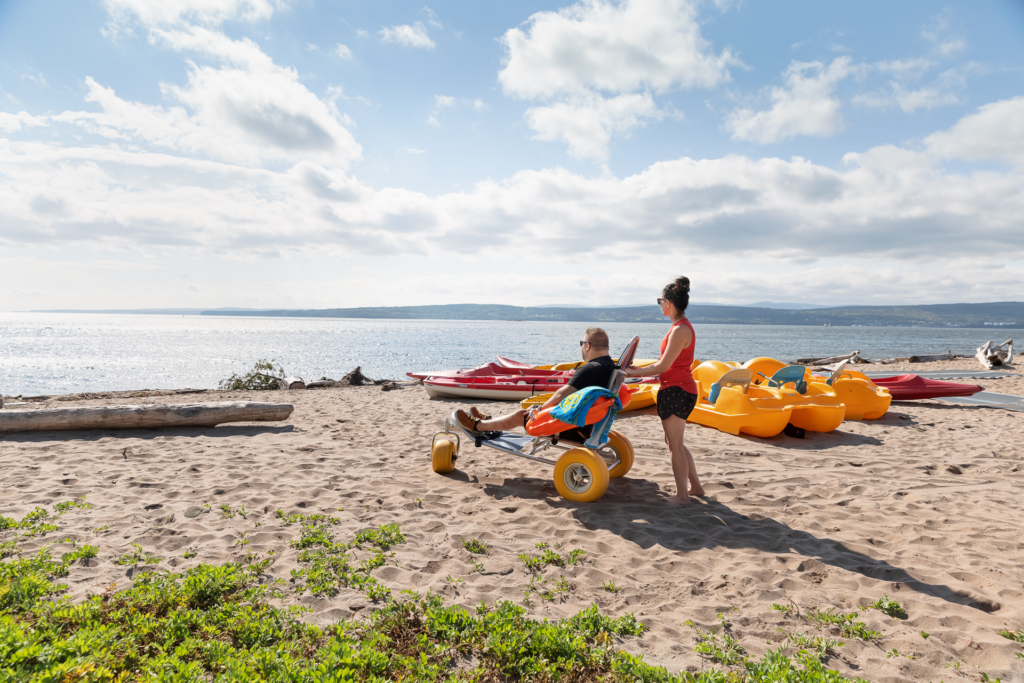
Bas-Saint-Laurent / Gaspésie | 10-day/9-night summer itinerary
Set off on a road trip along Highway 132, also known as the Route des Navigateurs, where spectacular scenery, friendly encounters and flavourful discoveries will make your journey an unforgettable one. We’ve developed a Bas-Saint-Laurent/Gaspésie itinerary for you that follows the northern route, beginning with the immense Gulf of St. Lawrence. But there’s nothing to stop from you from starting your trip on the southern route, driving on the seaward side!
Day 1: Rimouski
Welcome to Québec’s oceanography capital! Its territory extends along 55 km of coastline, from the Le Bic district and its picturesque park to the iconic Pointe-au-Père. This is your invitation to discover the richness of the area’s wildlife and seabed.
Don’t miss Parc national du Bic, 15 km west of Rimouski. Nestled in the St. Lawrence maritime estuary, this 33.2 km² park offers breathtaking panoramic views of the river. Visit Ferme Rioux, the discovery and visitors centre that’s accessible to people with reduced mobility, and explore the trails, some of which are accessible with a little assistance. Breathe in the tangy sea air while watching seals bask near the shoreline and admiring the sunset, said to be among the world’s most beautiful.
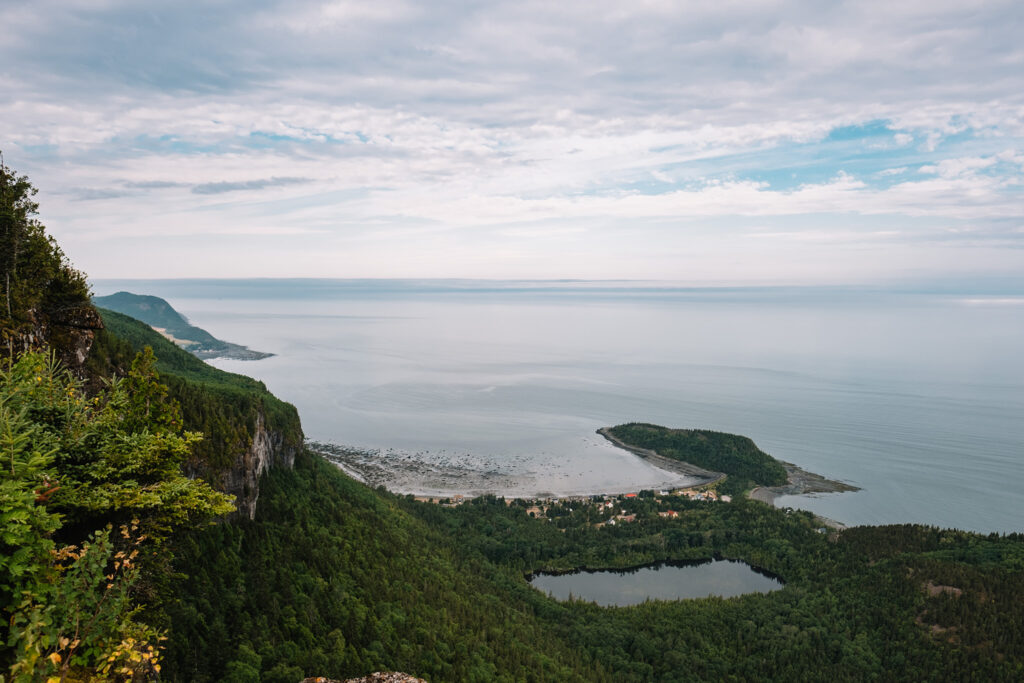
You’ll also enjoy the beautiful views afforded by the Sentiers du littoral et de la rivière Rimouski: a 3.7 km round-trip network of trails with interpretive panels guiding hikers through woodlands and salt marshes. Take advantage of the shaded rest areas and feast your eyes on the postcard-perfect sunset.
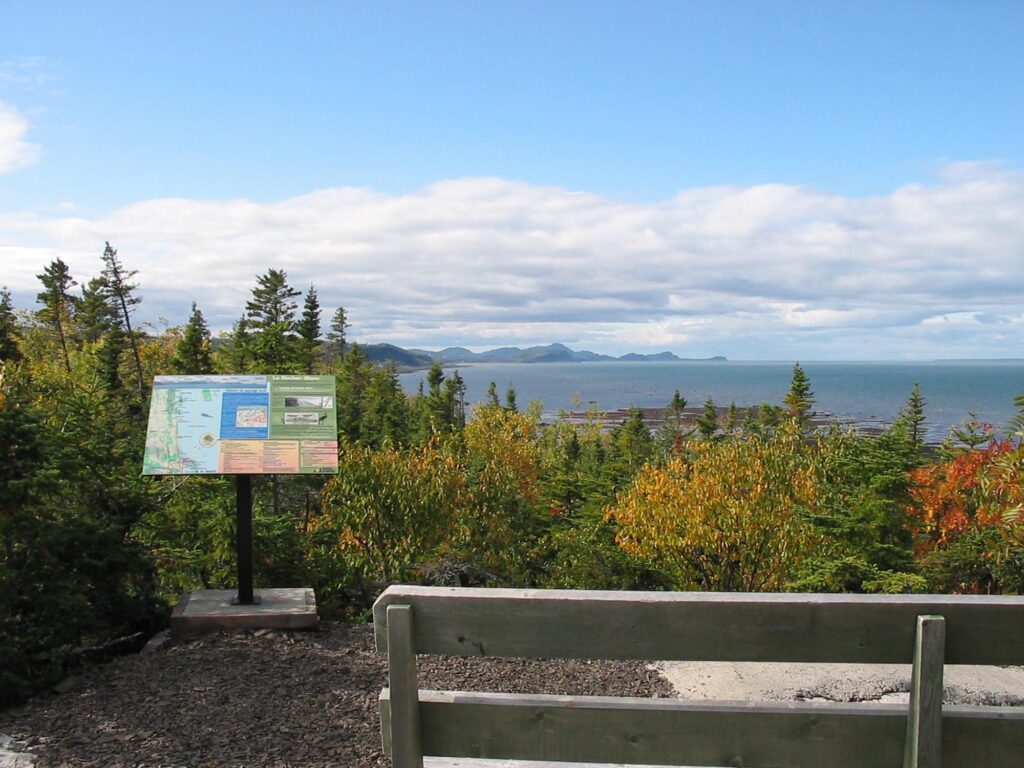
Day 2: Rimouski – Sainte-Anne-des-Monts
Today, set your course for the Gaspé Peninsula. But before leaving the Bas-du-Fleuve, or lower St. Lawrence, region, take the time to visit the Site historique maritime de la Pointe-au-Père, 10 km east of Rimouski.
The Empress of Ireland Museum tells the tragic story of the famous liner through over 200 artifacts, photos and eyewitness accounts. The multisensory show “The Last Journey” offers an immersive experience that brings to life the hours leading up to the liner’s sinking on May 29, 1914, which claimed 1,012 lives in just 14 minutes and remains the greatest maritime disaster in Canadian history.
Discover the Onondaga, Canada’s first submarine open to the public. This 90-metre-long steel behemoth transports visitors into the world of submariners, revealing the daily routine of the 70 crew members who lived aboard the craft for months on end. (Note: The interior isn’t wheelchair accessible. However, a 360° virtual tour of the submarine is available, and the exterior is accessible via a wooden walkway.)
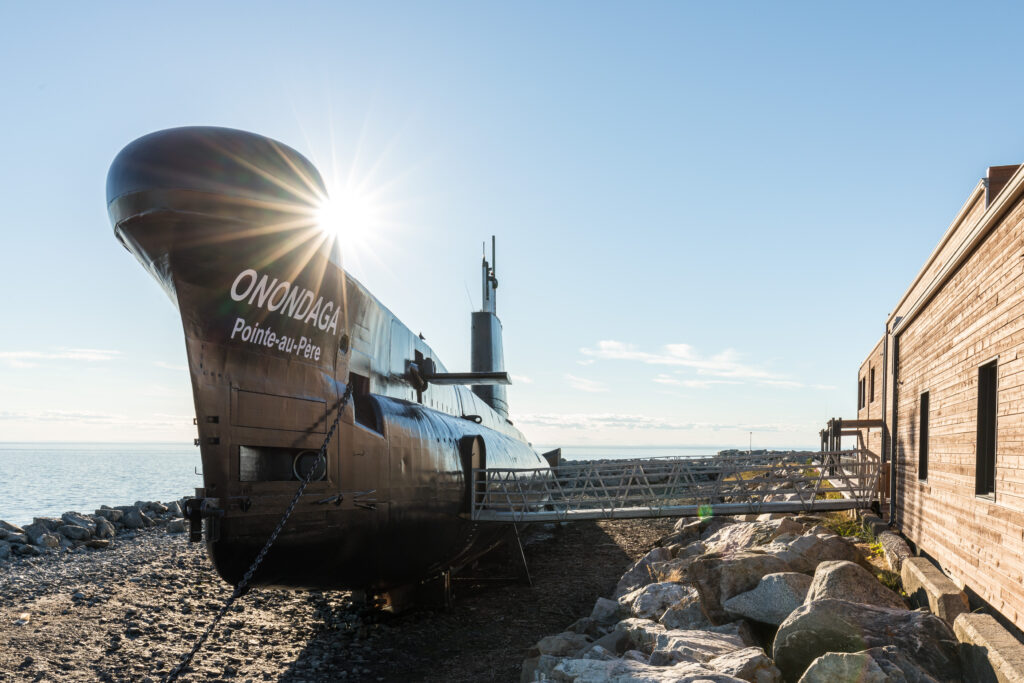
Before leaving, visit the pretty Pointe-au-Père lighthouse, a symbol of navigation on the St. Lawrence and the second-highest lighthouse in Québec. And don’t miss the Sanctuaire Sainte-Anne-de-la-Pointe-au-Père, a pilgrimage site founded in 1874, just two minutes from the lighthouse.
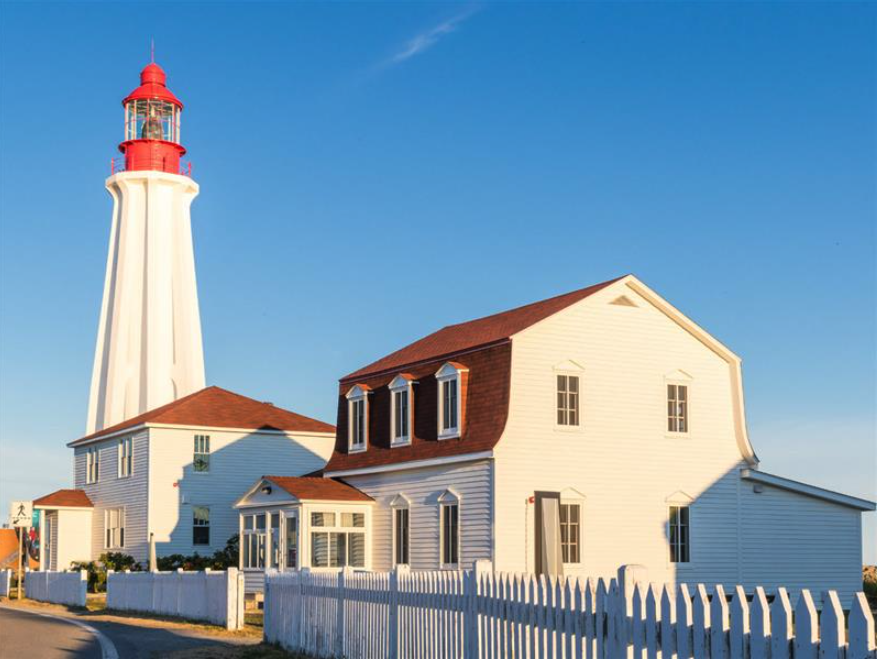
Stop off at Grand-Métis to explore Reford Gardens, a National Historic Site of Canada and Québec heritage site covering roughly 18 hectares and featuring gardens, woodlands and some 3,000 plant species, including the famed Himalayan blue poppy. Learn more about the life and passions of Elsie Reford, creator of the gardens between 1926 and 1958, through two exhibitions. (Note: The permanent exhibition on the 2nd floor of the Estevan Lodge isn’t wheelchair accessible.) Enjoy culinary delights infused with the flavours and colours of the gardens, served at the Estevan Lodge restaurant and Le Bufton café bistro.

Day 3: Sainte-Anne-des-Monts
Nestled in a cove, Sainte-Anne-des-Monts offers the perfect combination of sea and mountains.
Discover Exploramer – Discovering the sea, an activity complex dedicated to the St. Lawrence marine environment. Its aquariums are home to 60 different species that populate the Estuary and Gulf of St. Lawrence. Get up close and personal with crabs, starfish and lobsters in the touch pool section. Take part in the “Dare to Taste!” activity, which will have you sample five marine species promoted by the Smarter Seafood program, encouraging responsible consumption of fish and seafood.

Delve into the heart of the forest at Parc national de la Gaspésie. With 25 peaks rising over 1,000 metres, this hugely biodiverse park counts the woodland caribou—iconic symbol of the region—among its inhabitants. Several sections of the park are accessible to visitors with reduced mobility. Make it a point to stop at the discovery and visitors centre and the GrandeFosse lookout for breathtaking views.

Day 4: Sainte-Anne-des-Monts – Gaspé
Today, you’ll head to Gaspé, located at the tip of the Gaspé Peninsula.
Visit the Birthplace of Canada – Historic Site, which depicts the village of Gaspé as it was in 1900. Explore the six reconstructed buildings, accompanied by interpretive guides in period costume. The site offers free activities and demonstrations, as well as a heritage trail.
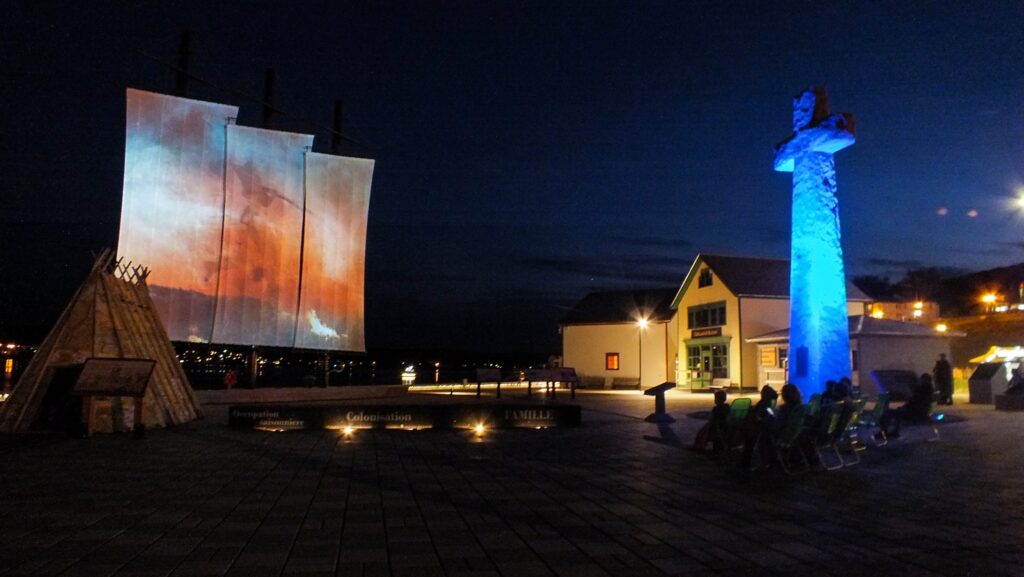
Discover the Musée de la Gaspésie and Jacques Cartier Monument, which showcases Gaspesian heritage and tells the story of the peninsula through the eyes of cod fishermen and whalers. Cap off your visit with the “Take to the Sea” virtual reality experience and the “Living Portraits” permanent digital installation. Be sure to check out the museum’s outdoor section, including the Jacques Cartier Monument and the replica of the cross erected at the site by the explorer in 1534.
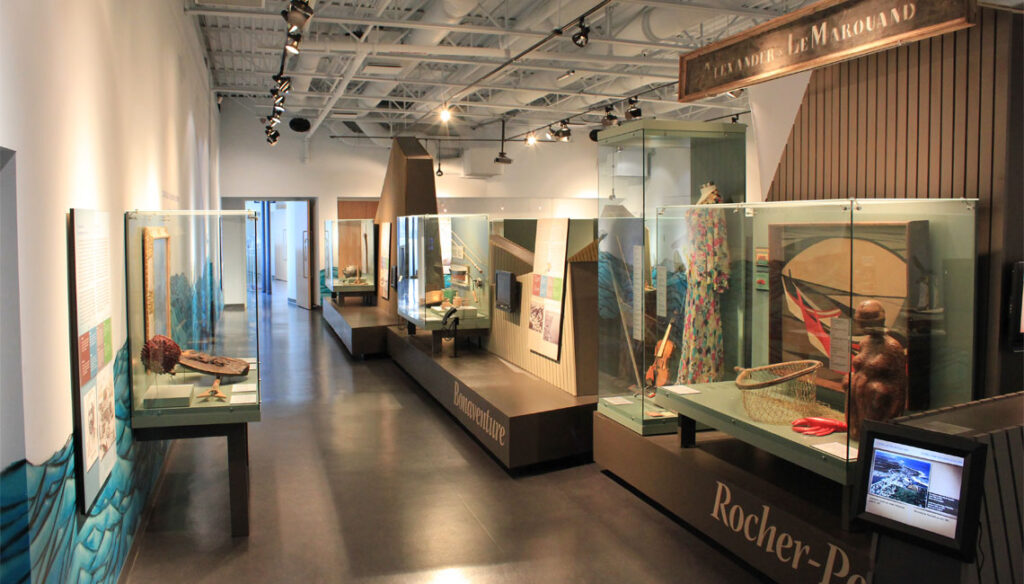
Day 5: Gaspé
At the Micmac Interpretation Site of Gespeg, set on the north shore of Gaspé Bay, you’ll learn more about the way of life, customs and beliefs of the Mi’gmaq people—a nation whose history stretches back thousands of years! Immerse yourself in their world thanks to the permanent exhibition featuring testimonials and a collection of utilitarian objects, traditional garb and hunting and fishing tools. With interpretive guides, explore the reconstructed village to experience traditional life in the 17th century. Take part in workshops with Mi’gmaq artisans to create traditional objects.
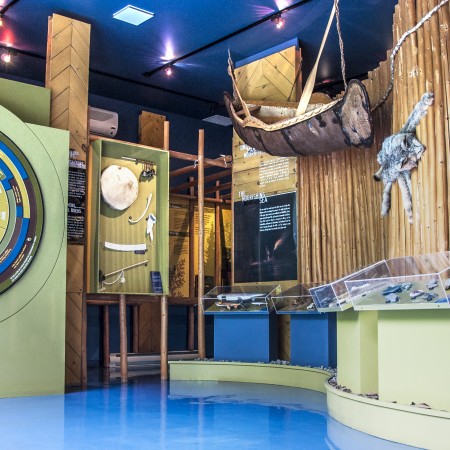
Explore Forillon National Park, known for its rugged cliffs, pebble beaches, dense forests and rich biodiversity. Covering 245 km² and divided into three sectors, the park offers a variety of activities.
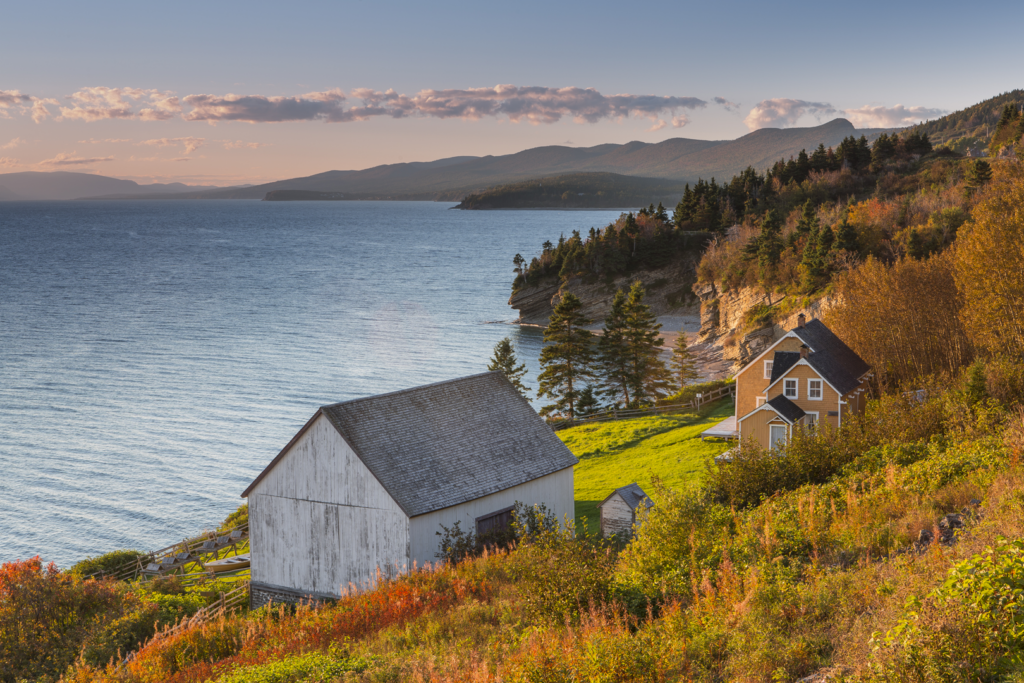
Penouille sector: Enjoy swimming and an easy 1.5 km trek along a wide boardwalk to admire the sandy beach and salt marsh. (Note: Adapted electric cart, universal accessibility mat (Mobi-mat) and floating wheelchair (Mobi-chair) available on site.) Nearby, explore Fort Peninsula, a vestige of World War II offering public access to authentic cannons.
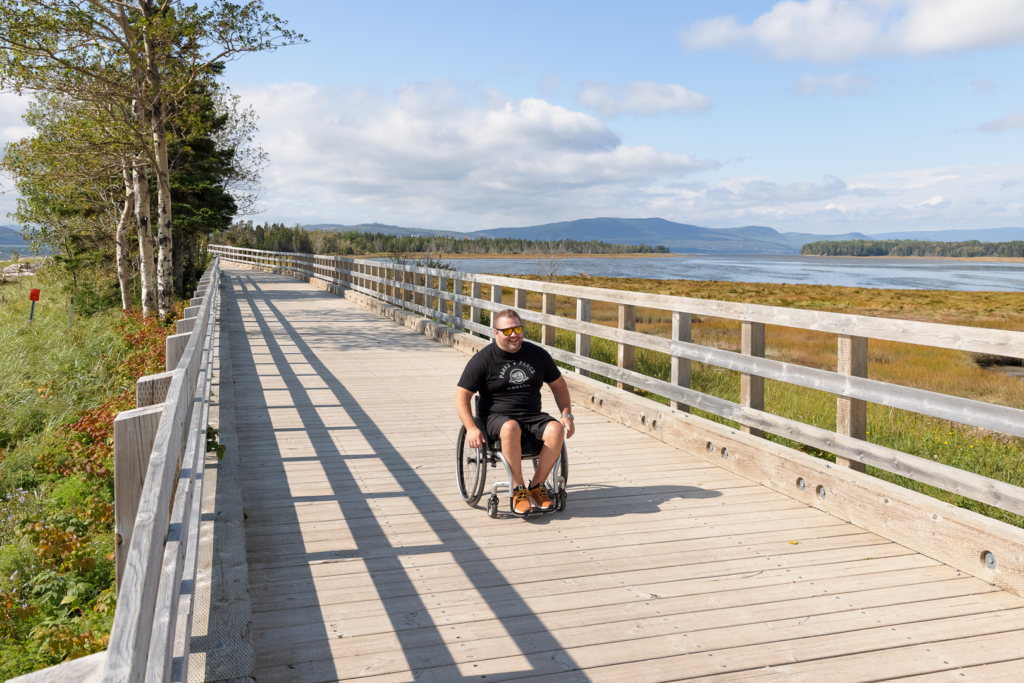
South Sector: Visit the Grande-Grave heritage site and the Hyman & Sons General Store, built in 1864. Find out what the fishing merchants of yesteryear carried in the company stores they operated, do some fishing at the barrier-free Grande-Grave wharf or enjoy the facilities of the recreation centre in Petit-Gaspé, which includes a heated pool and accessible equipment for people with reduced mobility.
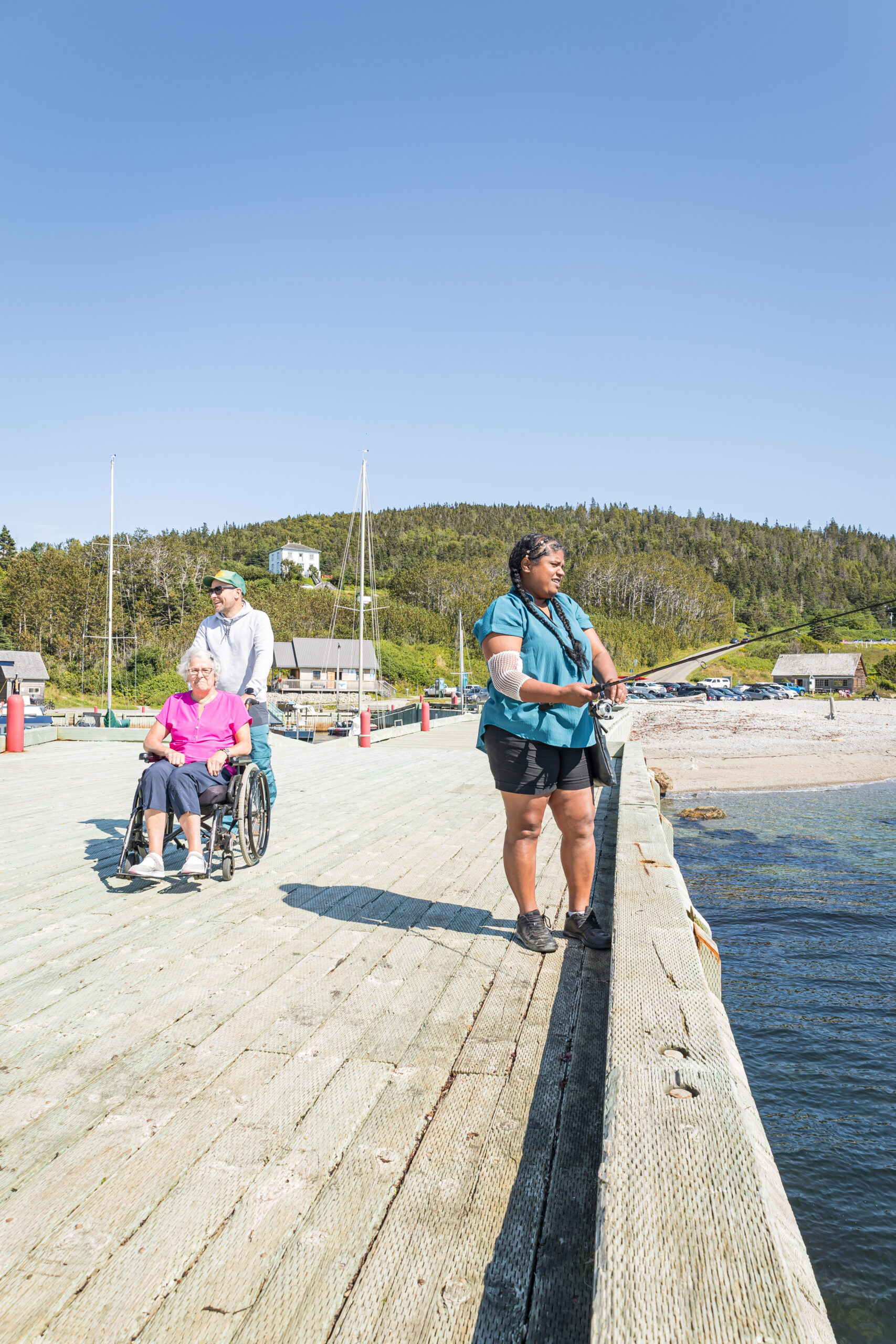
North Sector: Head to the Visitor Information and Discovery Centre, where you’ll learn about the park’s main attractions and themes by way of a permanent exhibition and the film entitled A gem at land’s end. Relax at the Bistro au Havre de Forillon and admire the view of the harbour and Cap BonAmi. Amble along the Prélude-à-Forillon trail and savour its stunning views of the sea and mountains. (Note: Accessible to people with reduced mobility or visual disabilities, thanks to the planked boardwalk and multisensory interpretation modules.)
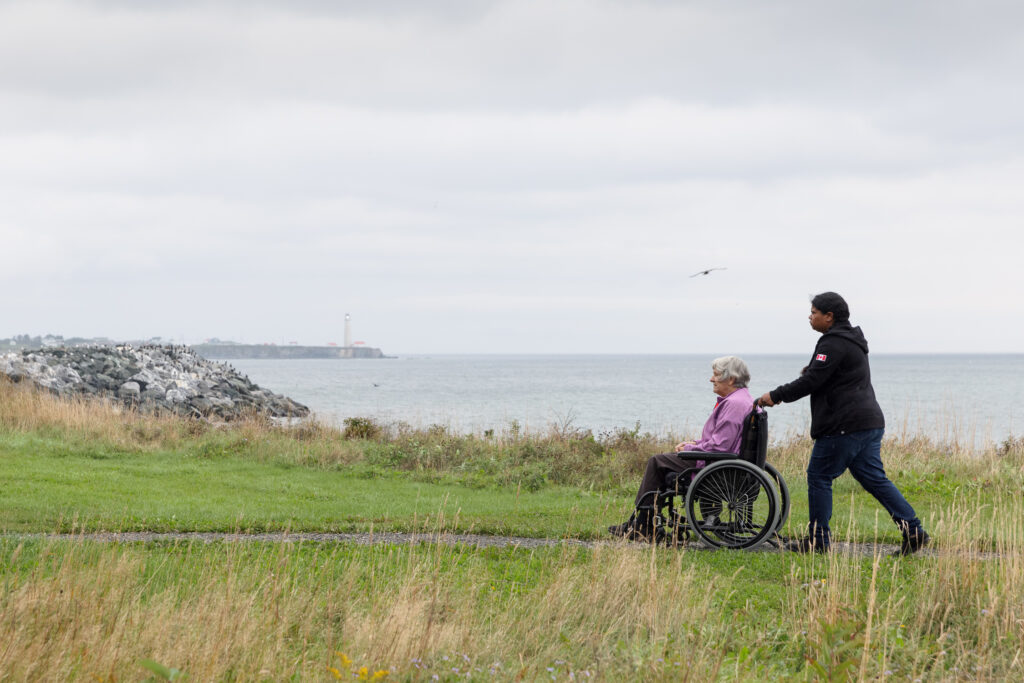
Be sure to catch the magnificent show put on by the seabirds and seals at the iconic Cap Bon-Ami. Take the universally accessible Du Banc trail that runs alongside the sea to admire the Forillon cliffs and the Cap-des-Rosiers lighthouse. Discover the Irish Monument, commemorating the immigrants who perished in an 1847 shipwreck. (Note: Bicycle wheelchair (GRIT) available at the visitor information centre.)
Lastly, in L’Anse-au-Griffon, the Centre culturel Le Griffon—a former cold storage warehouse restored in 2000—presents shows and exhibitions and features a café that’s certified Terroir et Saveurs du Québec, a patio overlooking the sea and a gift shop selling Gaspesian art.
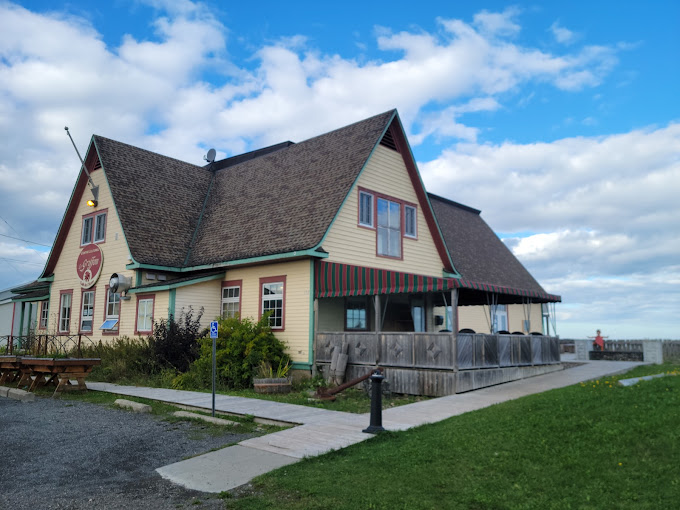
Day 6: Gaspé – Percé – Gaspé
Today’s the day to see Percé and its famous rock—the quintessential symbol of the Gaspé Peninsula!
Discover Parc national de l’Île-Bonaventure-et-du-Rocher-Percé, including Percé Rock and Bonaventure Island, North America’s largest migratory bird sanctuary, which boasts a colony of thousands of northern gannets. (Note: Access to Bonaventure Island is not available to people with reduced mobility, but the historic CharlesRobin sector offers nice views of the rock and the island.) Visit the Le Chafaud Discovery Centre, which introduces the park’s main themes.
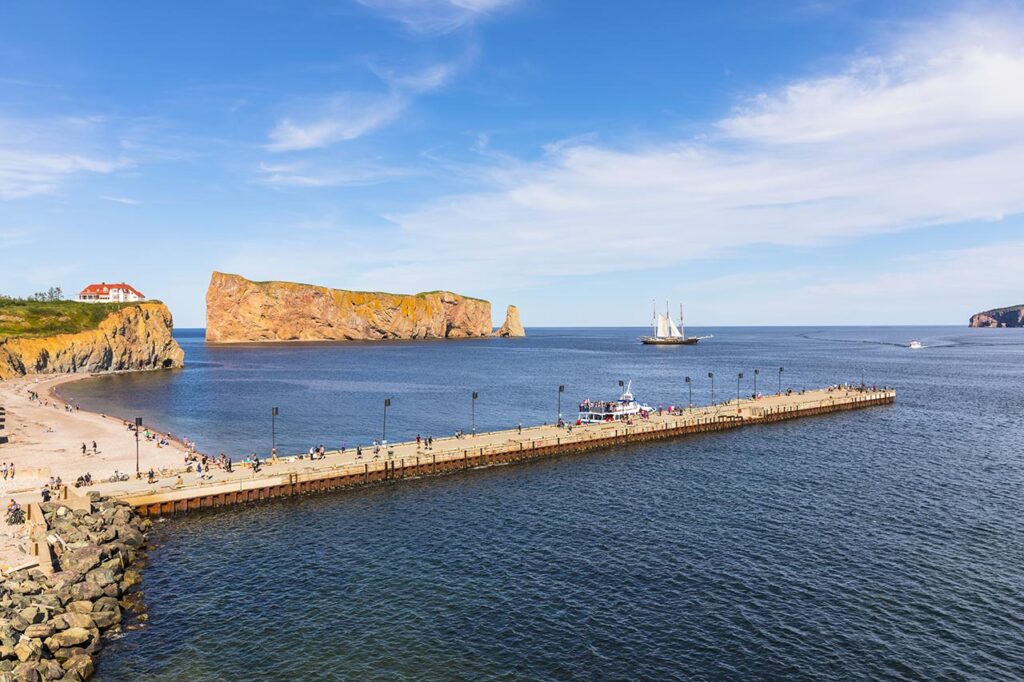
Explore the Percé UNESCO Global Geopark. The immersive Tektonik multimedia experience offers an overview of Percé’s geological and heritage features. Enjoy spectacular views of Percé Rock and the Gaspé coast from a glass platform suspended 200 metres above sea level. (Note: Access to the platform is via a non-accessible shuttle bus, but it’s possible to get there with your own vehicle.) Attend a free outdoor screening of the animated short The Legend of Gluskap, which tells the story of a legendary hero and Mi’gmaq deity.
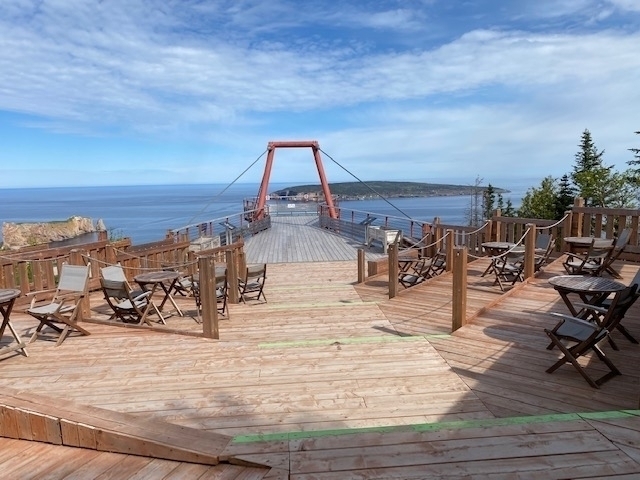
Day 7: Gaspé – Chaleur Bay
Head for Chaleur Bay, one of the most beautiful bays in the world. Admire magnificent vistas, discover rich plant and wildlife, explore coastal villages and enjoy superb beaches and warm waters.
Don’t miss the Musée acadien du Québec in Bonaventure for a chance to be totally immersed in the region’s economic and social past. The permanent exhibition “Une Acadie québécoise” is devoted to the particularities of the Acadian presence in Québec, from the expulsion to the present day. “Lumière sur les Acadiens,” an immersive digital activity, offers a poetic and moving experience tracing the story of the Great Upheaval. Lastly, stop by Espace Indigo – Galerie d’art contemporain, to discover works by Gaspesian artists.
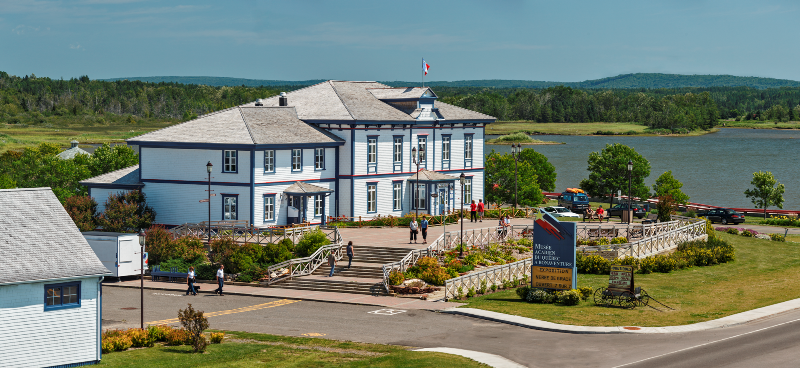
Day 8: Baie-des-Chaleurs
In Bonaventure, the Bioparc de la Gaspésie awaits you. This wildlife park offers visitors the chance to explore the region’s flora and fauna in a setting resembling their natural environment and to observe some 40 native animal species. Visit the amphibian and reptile pavilion and the insectarium, and take part in the digital rally “Le parcours Pas bête !”

In Carleton-sur-Mer, visit Parc régional du Mont-Saint-Joseph to see the chapel built in 1935, or take in the “Mystique du Sommet” digital show. Learn about the site’s history and its importance to the Mi’gmaq nation, and savour the panoramic view from the cliff-side lookout perched 555 metres above sea level.
For an unforgettable sea excursion, climb aboard the yellow TaxSea accessible catamaran, and take a break at the Club Nautique, which hosts social events, training activities and live entertainment.
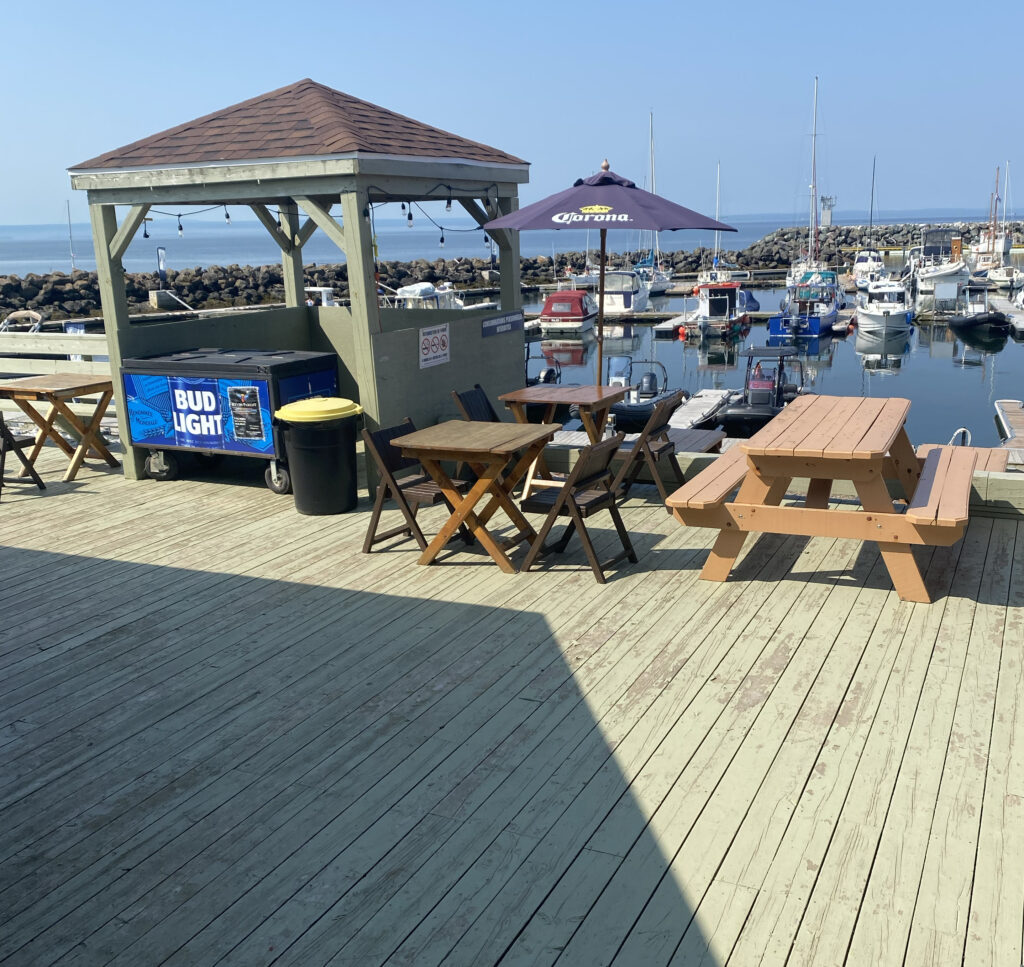
Day 9: Baie-des-Chaleurs – Amqui
Today, you’ll be heading to Amqui in the Matapédia Valley.
On the way, make a detour to Parc national de Miguasha, a UNESCO World Heritage Site renowned for its 380million-year-old fossils. The story of these first land vertebrates is told in the permanent exhibition, “From water to land.” (Note: Exhibitions, lunch counter and gift shop open to all, but the fossil cliff itself is inaccessible to people with reduced mobility.)
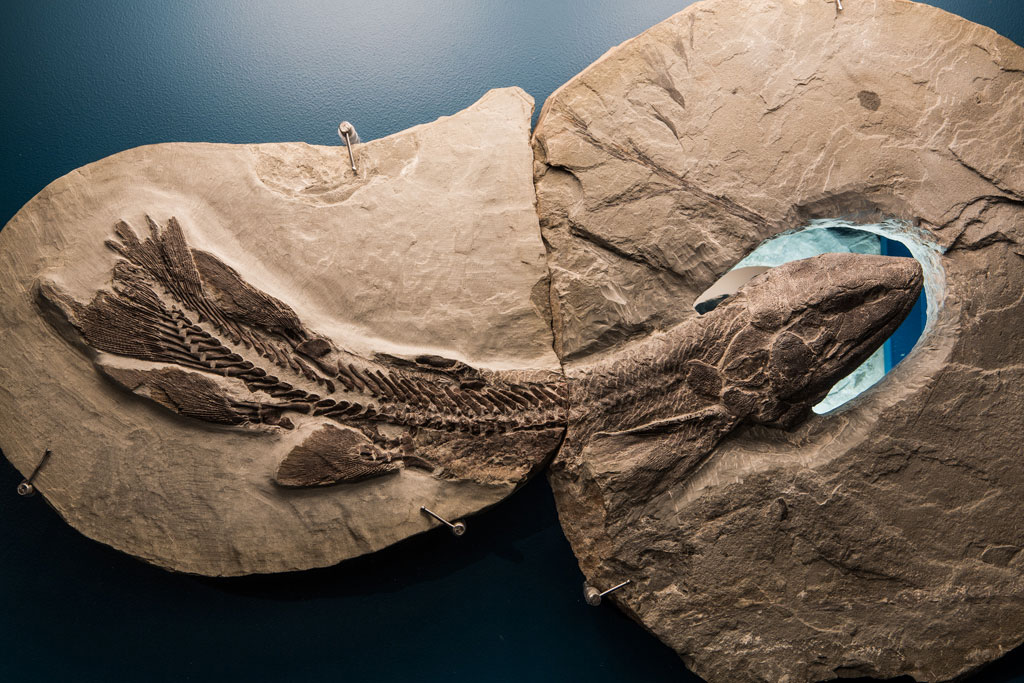
Be sure to see the Chute à Philomène in Saint-Alexandre-des-Lacs, about 15 minutes from Amqui. Classified as a Matapédia site of aesthetic interest, this waterfall is one of the most impressive in the region. Gaze in wonder at the majesty of your surroundings at the Chute à Philomène lookout, a suspended platform overlooking the 33-metre-high waterfall.
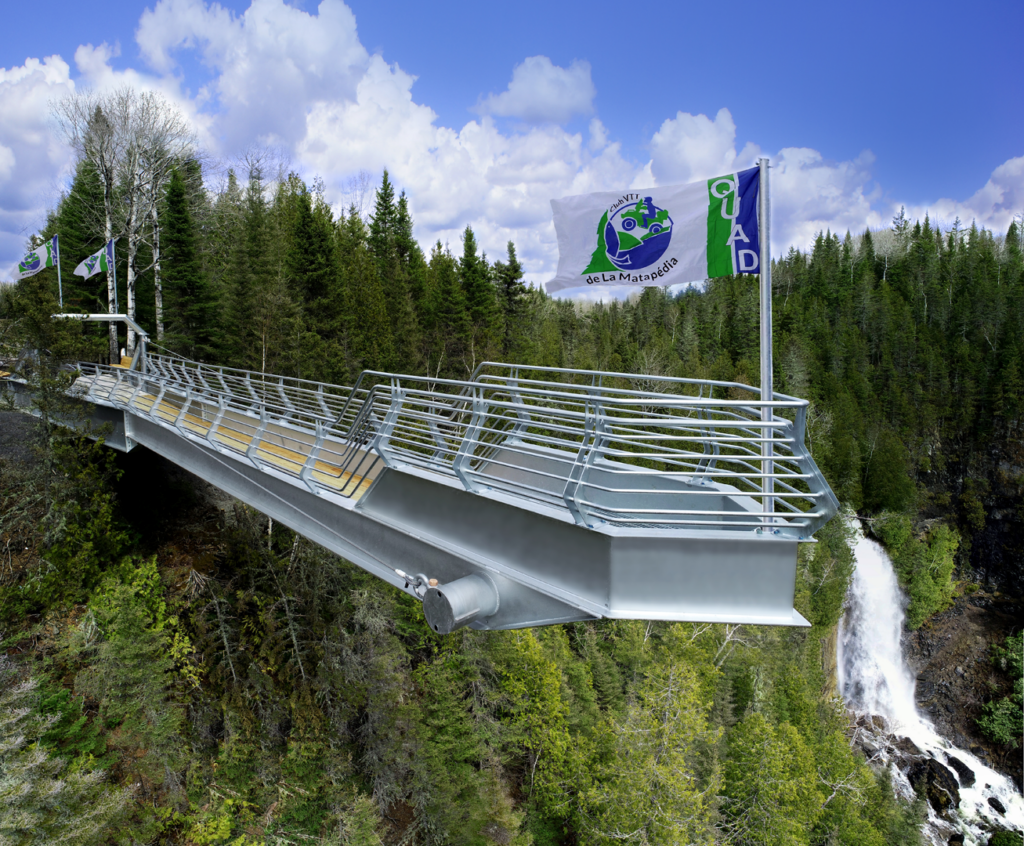
Day 10: Amqui – Rivière-du-Loup
Hit the road to Rivière-du-Loup for the final leg of your journey.
At the Musée du Bas-Saint-Laurent, the permanent exhibition “Faces and Landscapes” features over 500 archival photographs illustrating the region’s history, traditions and culture. The visitor experience is made even more authentic thanks to a 20thcentury-inspired darkroom and photography studio.
Soak up the lively downtown atmosphere of Rue Lafontaine and end your day watching the sun sink into the water from the many vantage points along the shoreline.

Festival suggestions:
- International Garden Festival Grand-Métis – June 22–October 6, 2024
- Festi-Plage de Cap-d’Espoir Percé - 24 – 27 juillet 2024
- Festival en chanson de Petite-Vallée – 25 juillet – 3 août 2024
- Grandes Fêtes TELUS Rimouski – 1 – 4 août 2024
- Festival Musique du Bout du Monde Gaspé – 8 – 11 août 2024
- Régates Écovoile – 9 – 11 août 2024
- Les Percéides International Arts and Film Festival (Percé) – August 19–25, 2024
Accommodation suggestions:
- Hôtel L’Empress – Rimouski
- Hôtel Rimouski et Centre des Congrès
- Motel Bienvenue – Rimouski
- Comfort Inn Rimouski
- Hôtel Quality Inn & Suites Matane
- Hôtel Baker – Gaspé
- Hôtel Plante – Gaspé
- Manoir Belle Plage – Carleton-sur-Mer
- Selectôtel Amqui – Amqui
- Hôtel Universel Rivière-du-Loup
- Hôtel Levesque – Rivière-du-Loup
- Comfort Inn Rivière-du-Loup
Article written in collaboration with Nathalie Deschênes



















